Food trends come and go, but some deserve to vanish faster than others. In recent years, social media has fueled increasingly bizarre culinary crazes that prioritize appearance over taste, gimmicks over quality, and shock value over actual enjoyment. While innovation in food can be wonderful, these 13 trends have crossed the line from creative to ridiculous.
1. Charcoal-Infused Everything
Remember when suddenly everything turned black? Activated charcoal invaded our ice cream, lemonade, and even burger buns. Marketed as a miracle detox ingredient, this pitch-black powder supposedly draws toxins from your body.
What nobody mentioned was how it interferes with medications or tastes like you’re licking a fireplace. The FDA has even warned against it, yet restaurants charge premium prices for what’s essentially fancy dust.
Most concerning is how this trend prioritizes a spooky aesthetic over actual flavor. The charcoal adds zero taste improvement while potentially reducing nutrient absorption from your meal. Your body already has organs designed for detoxing—they’re called kidneys and liver.
2. Over-the-Top Milkshakes
Milkshakes used to be simple pleasures. Now they’ve morphed into towering monstrosities that require engineering degrees to assemble. These sugar-laden skyscrapers balance entire slices of cake, multiple cookies, candy bars, and often an entire jar’s worth of sprinkles on top.
Priced at $15-20 each, these architectural nightmares are impossible to consume without wearing half the ingredients. The actual milkshake portion is an afterthought, buried beneath a carnival of sweets.
Restaurants create these sugar bombs purely for social media attention, not for actual enjoyment. By the time you figure out how to approach drinking it, everything has melted into a lukewarm, soggy mess. Sometimes less really is more.
3. Rainbow Foods
Food shouldn’t look like a unicorn’s daydream. The rainbow food trend gave us technicolor bagels, multi-hued grilled cheese, and psychedelic sushi that belonged in an art gallery rather than on a plate. What’s the actual benefit? None whatsoever.
These vibrant creations require excessive food coloring—artificial chemicals that add zero flavor improvement while potentially triggering allergic reactions. The whole point seems to be creating something that looks amazing in photos but tastes exactly the same (or worse) than the original.
Chefs spend hours achieving perfect color gradients when they could be improving taste or texture. Rainbow foods represent everything wrong with modern food culture: style over substance, Instagram appeal over culinary merit, and gimmicks over genuine innovation.
4. Gold Leaf on Food
Gold leaf on food might be the ultimate symbol of culinary pretentiousness. Restaurants charge obscene markups for flakes of tasteless metal that pass unchanged through your digestive system. That’s right—you’re literally flushing money down the toilet.
A $2,000 pizza with gold flakes tastes identical to a regular pizza. The only difference? You get to feel briefly special while consuming something that adds zero flavor, zero nutrition, and zero culinary value to your meal.
Chefs claim it adds luxury, but it’s really just lazy showboating. True luxury comes from exceptional ingredients and skillful preparation, not from slapping precious metals on mediocre dishes. Next time you see gold-dusted anything on a menu, remember: you’re paying for bragging rights, not better food.
5. Cloud Eggs
Cloud eggs briefly floated through social media feeds—those fluffy white pillows with sunny yolks nestled in the center. They looked magical but delivered disappointment with every bite. The technique requires separating eggs, beating whites until stiff, forming nests, then baking before adding yolks.
All that work for what? Dry, flavorless egg whites with texture like styrofoam. Traditional methods like scrambling or frying create far superior results with minimal effort.
The cloud egg phenomenon perfectly captures how social media has prioritized appearance over taste. People spent 20 minutes creating these bland breakfast curiosities purely for likes and shares. Meanwhile, a 3-minute properly cooked scrambled egg would taste infinitely better. Some food trends should stay in the clouds.
6. Unicorn-Themed Everything
The unicorn food trend unleashed a pastel nightmare upon us all. Suddenly every café offered rainbow-colored drinks and treats dusted with edible glitter and sprinkles. Starbucks’ Unicorn Frappuccino might be the most famous example—a color-changing sugar bomb that baristas still have nightmares about making.
These magical creations contained nothing but food dye, sugar, and artificial flavors. The taste was an afterthought, usually cloyingly sweet with no complexity or balance. Parents particularly suffered as children demanded these Instagram-worthy treats that inevitably led to sugar crashes and stained clothing.
Food should nourish and delight, not just rack up social media engagement. The unicorn trend perfectly exemplifies style over substance—all flash, no flavor, and a sugar headache as your reward.
7. Overloaded Avocado Toast
Avocado toast began as a simple, nutritious breakfast. Mashed avocado on good bread with salt, pepper, maybe a squeeze of lemon. Perfect! Then restaurants started competing for who could create the most outrageous version.
Now we have avocado toast topped with poached eggs, microgreens, edible flowers, truffle honey, caviar, gold flakes, and even CBD oil—all for the low price of your entire grocery budget. Some places charge $18 for what amounts to 50 cents worth of avocado spread on bread.
The original appeal was healthy simplicity and fresh flavor. Today’s versions are culinary Christmas trees, overdecorated to justify absurd pricing. When your avocado toast requires special equipment to eat and costs more than a steak dinner, we’ve officially lost the plot.
8. Edible Dishware
Eco-friendly intentions don’t make up for the disaster that is edible dishware. Coffee cups made from cookies, soup bowls from bread, and spoons from hardened sugar all promise to reduce waste. The reality? They crumble, leak, or dissolve before you finish your meal.
Cookie cups turn to mush halfway through your coffee. Bread bowls get soggy immediately. Sugar spoons melt in hot drinks or break when you try to scoop anything. And the taste? Usually bland or oddly flavored, interfering with whatever you’re trying to eat.
The concept sounds noble—reducing plastic waste is important. But maybe focus on reusable options instead of gimmicky edibles that fail at their primary function? A stainless steel straw works better than a pasta tube that turns to mush after five minutes.
9. Raw Water
Raw water might be the most dangerous food trend of the decade. Companies sell unfiltered, untreated spring water at premium prices ($60+ per gallon), claiming it contains beneficial minerals and probiotics that tap water lacks.
What it actually contains? Potentially harmful bacteria, parasites, and contaminants that water treatment was designed to remove. Humans developed water purification for good reason—waterborne diseases once killed countless people. Giardia, E. coli, and other pathogens don’t care how much you paid for your artisanal water.
Silicon Valley executives championed this trend, claiming natural water has a “velvety feel” and “probiotic benefits.” Meanwhile, medical professionals watched in horror as people voluntarily exposed themselves to the same water quality issues affecting developing nations. Some trends are merely silly—this one could land you in the hospital.
10. Extreme Spicy Challenges
Spicy food challenges have evolved from fun dares to potential health hazards. Restaurants now serve wings coated in extracts measuring millions on the Scoville scale or chips made with Carolina Reapers. These items aren’t designed for enjoyment—they’re weapons with nutrition labels.
People film themselves suffering through these challenges, sweating profusely while their bodies send desperate distress signals. Participants have experienced everything from vomiting to hospitalization. One man developed a “thunderclap headache” and constricted blood vessels after eating a Carolina Reaper.
Appreciating spicy food is wonderful—many cultures celebrate heat as part of complex, balanced flavors. But these challenges remove all culinary context, focusing solely on pain. Food should bring pleasure, not send you to the emergency room for social media fame.
11. Cereal-Inspired Everything
Childhood nostalgia has spawned an epidemic of cereal-infused foods that should never exist. Fruity Pebble pizza. Lucky Charm lattes. Cocoa Puff-crusted chicken. Cap’n Crunch-topped donuts. The combinations are endless and increasingly bizarre.
These sugary mashups claim to evoke childhood memories, but they’re really just sugar vehicles designed for Instagram. Most taste exactly as you’d expect—cloyingly sweet with artificial flavors overwhelming whatever unfortunate food got cereal-bombed.
Nostalgia marketing works because it triggers emotional connections, but there are better ways to celebrate childhood than dumping breakfast cereal on everything. These creations often combine sugar with more sugar, creating nutritional nightmares that would make any dentist wince. Some foods should stay in their designated lanes—cereal belongs in a bowl with milk.
12. Fake ‘Healthy’ Desserts
The rise of “healthy” desserts has created a strange world where brownies contain black beans, ice cream is made from frozen bananas, and cookie dough consists primarily of chickpeas. These treats promise guilt-free indulgence while tasting nothing like the originals they’re trying to replace.
Let’s be honest—zucchini brownies taste like chocolate-flavored vegetables, not fudgy indulgences. Avocado chocolate mousse has the unmistakable aftertaste of, well, avocado. And cauliflower ice cream is a crime against dessert that should never have been committed.
There’s nothing wrong with eating healthier, but the pretense that these substitutes are “just as good” as the real thing is dishonest. Sometimes enjoying a small portion of actual dessert is better than a large serving of something pretending to be dessert.
13. 24-Layer or ‘Infinite Stack’ Sandwiches
Competitive eating somehow escaped food contests and invaded regular restaurant menus. The result? Towering sandwiches stacked so high they require structural support. These meat skyscrapers contain entire deli counters worth of ingredients, often held together with knives or skewers.
Attempting to eat these monstrosities means dislocating your jaw like a snake or dismantling the entire creation into a messy pile. Either way, you’ll wear half the ingredients. The flavors compete rather than complement, creating chaos rather than harmony.
A good sandwich balances flavors and textures in manageable form. These attention-seeking giants sacrifice functionality for shock value. When your food requires an engineering degree to consume, something has gone terribly wrong. Restaurants should focus on making sandwiches delicious rather than dangerous.
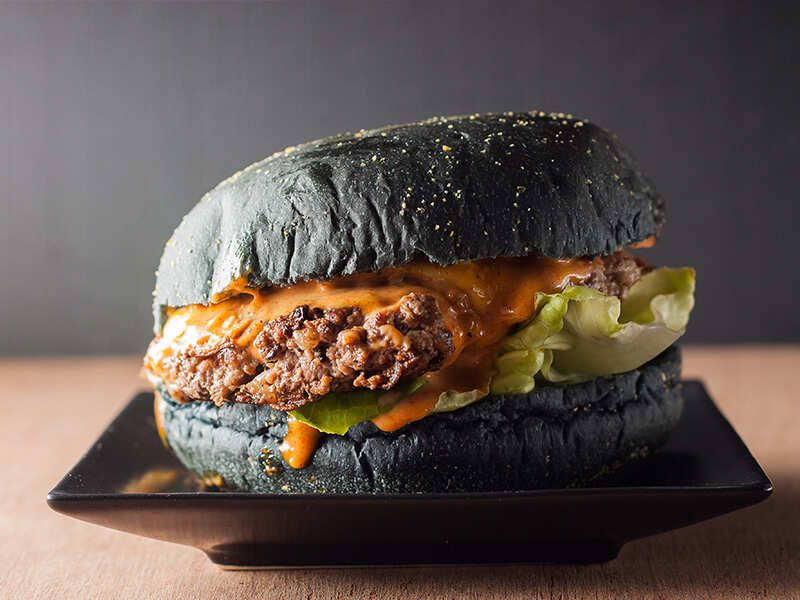
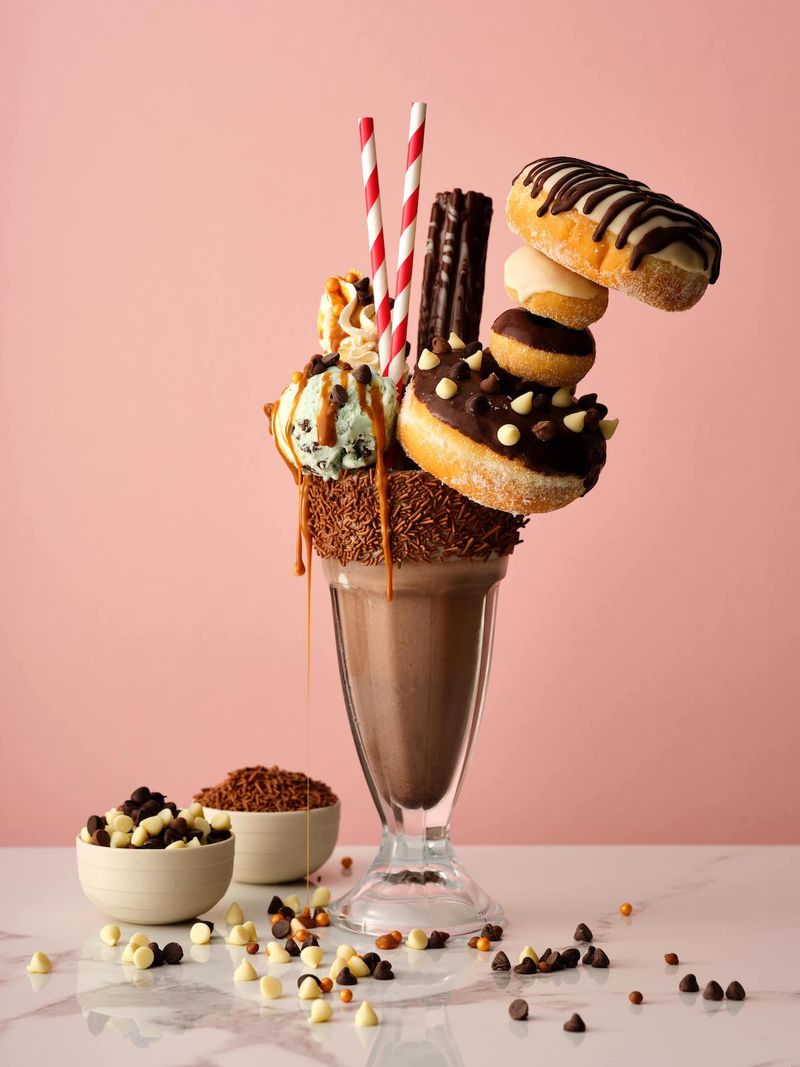
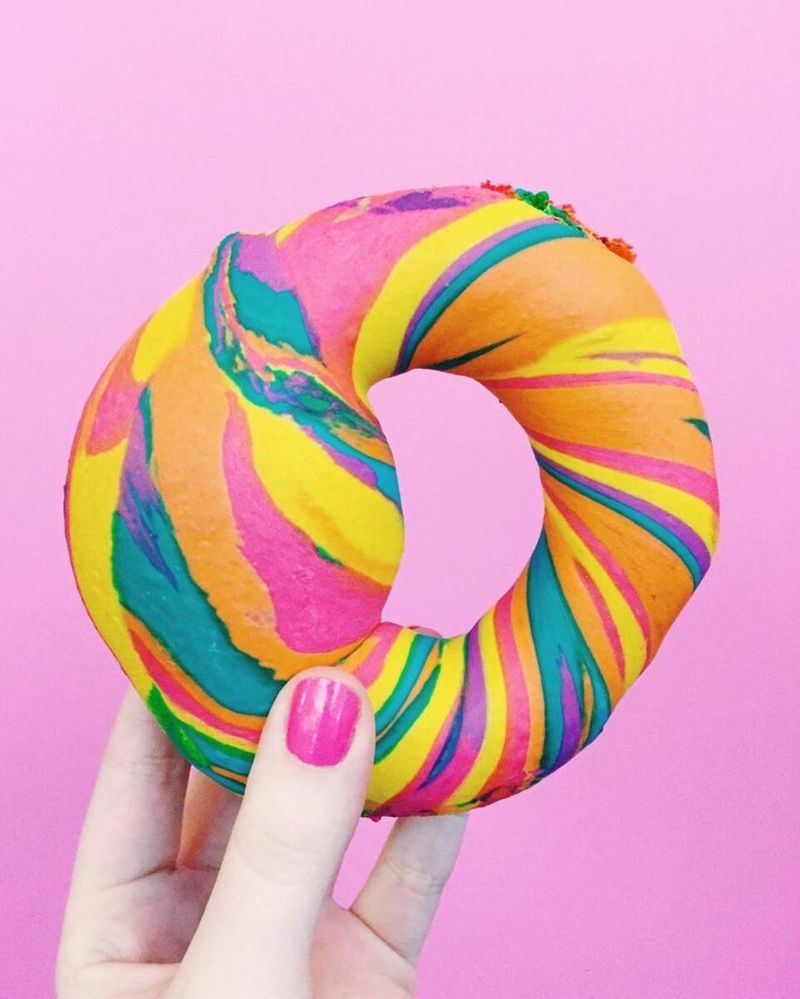
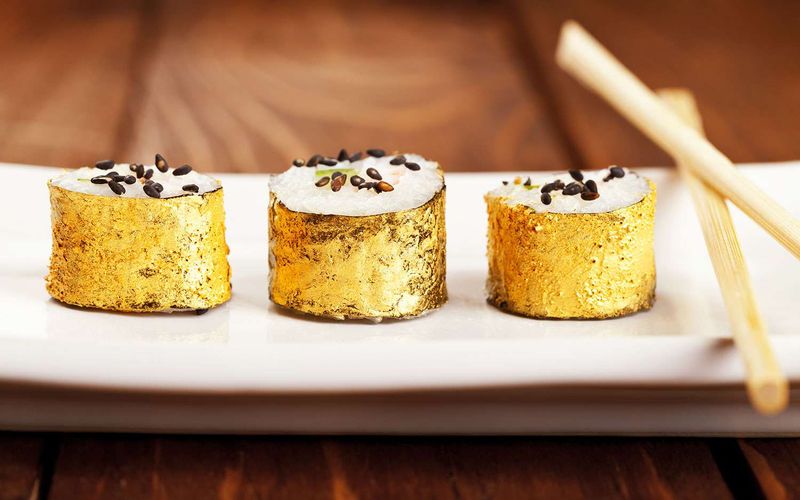
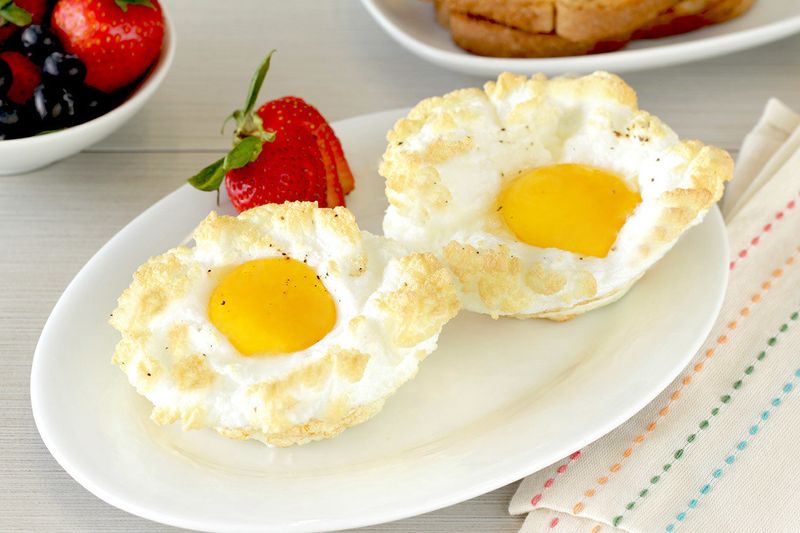
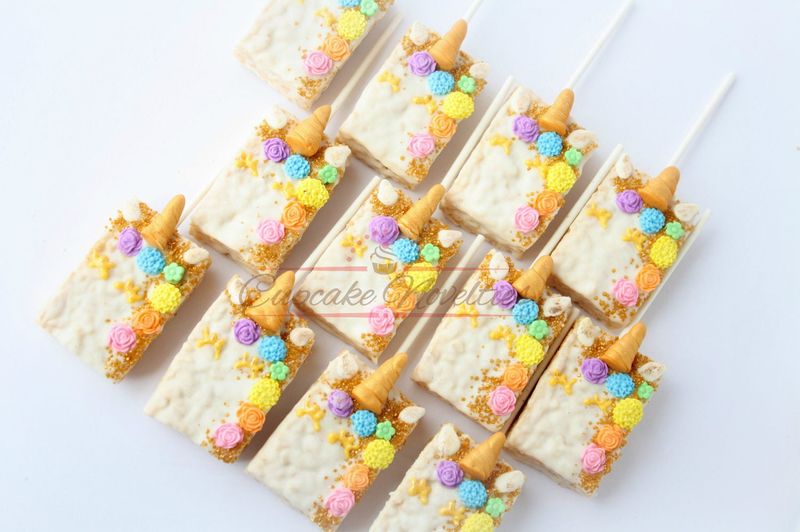
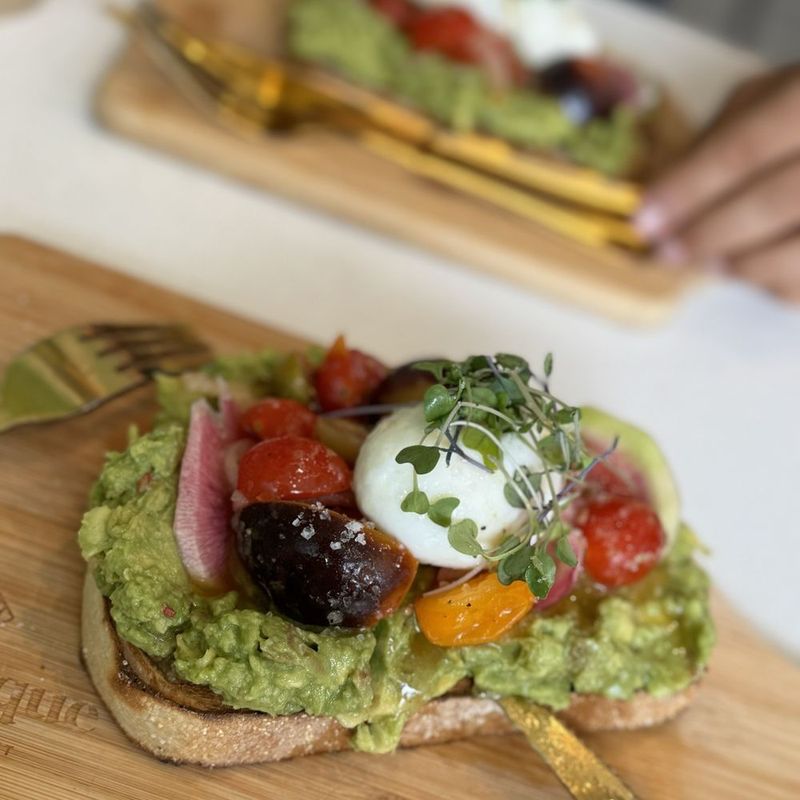
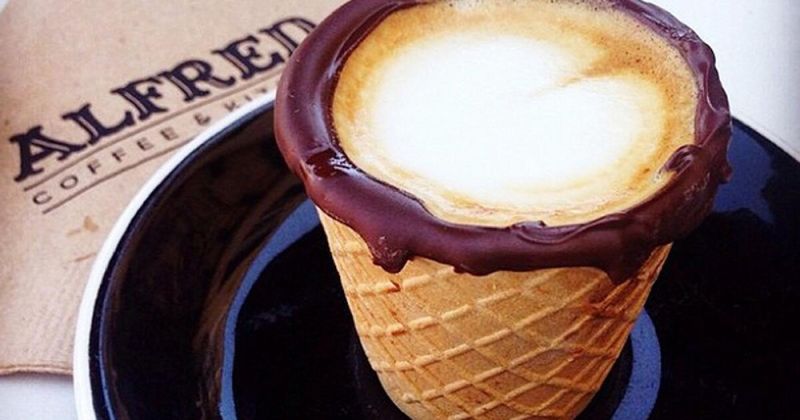

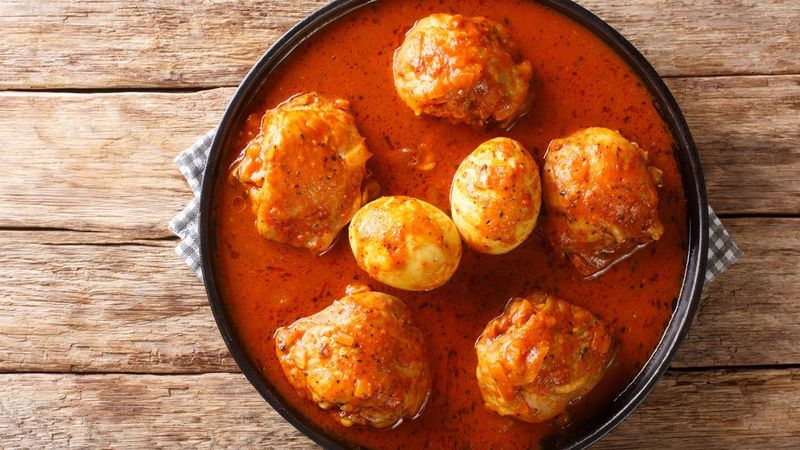
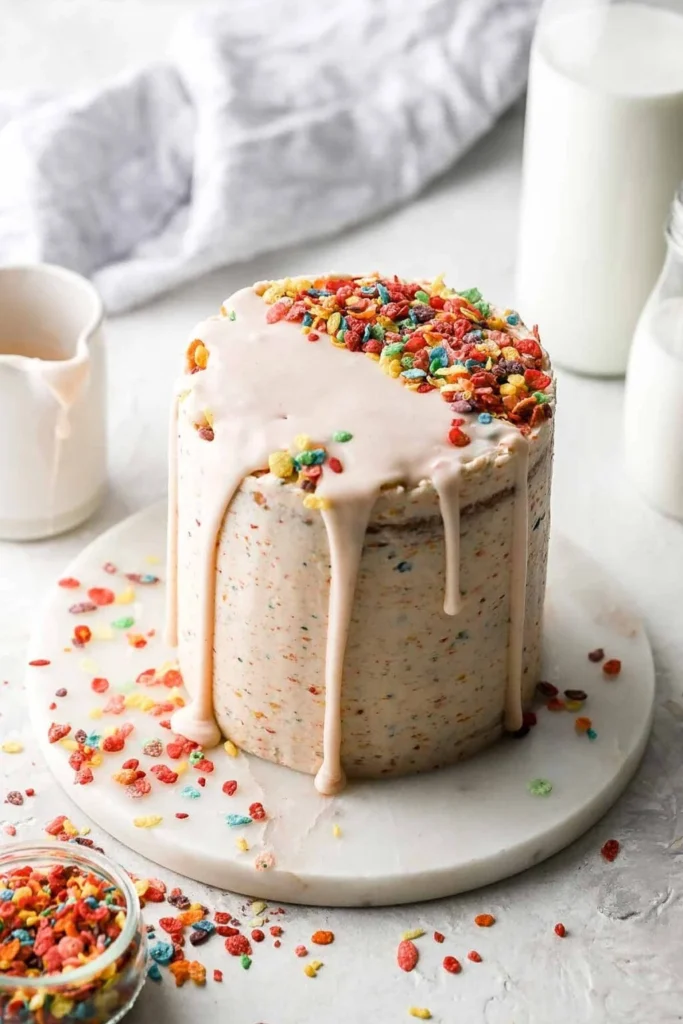

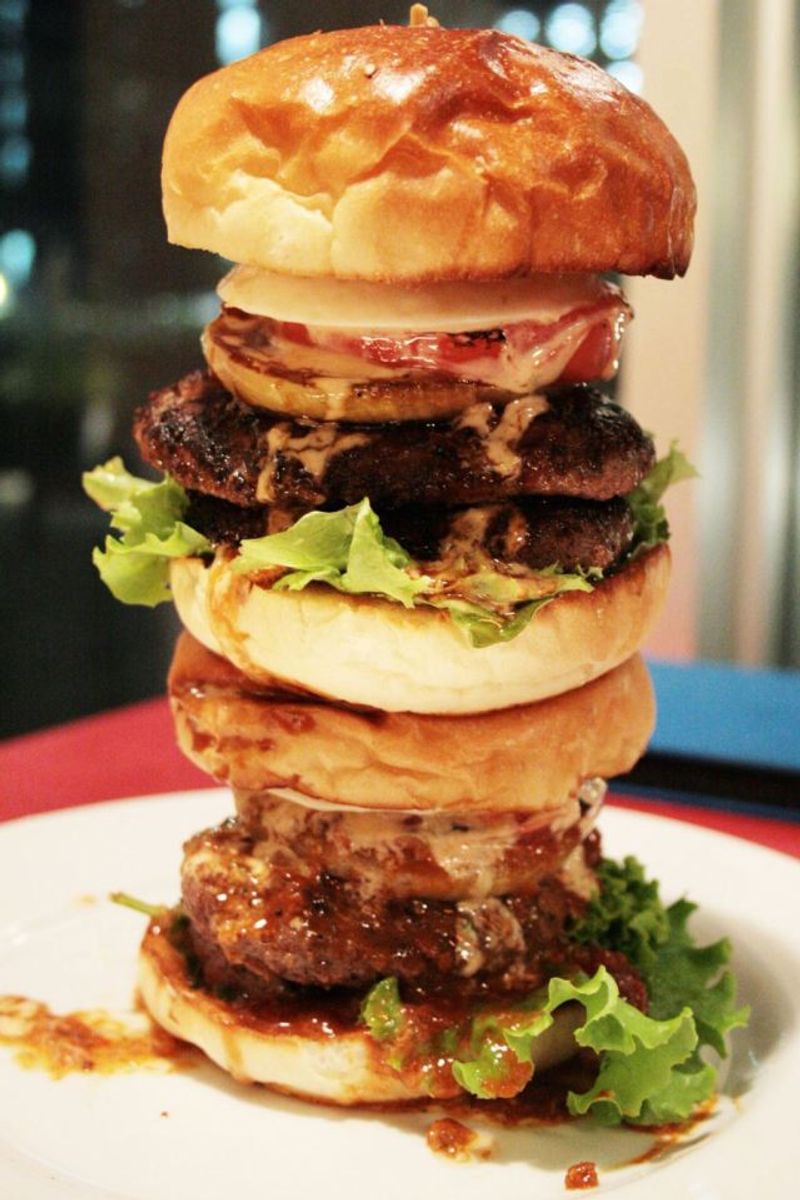
Leave a comment